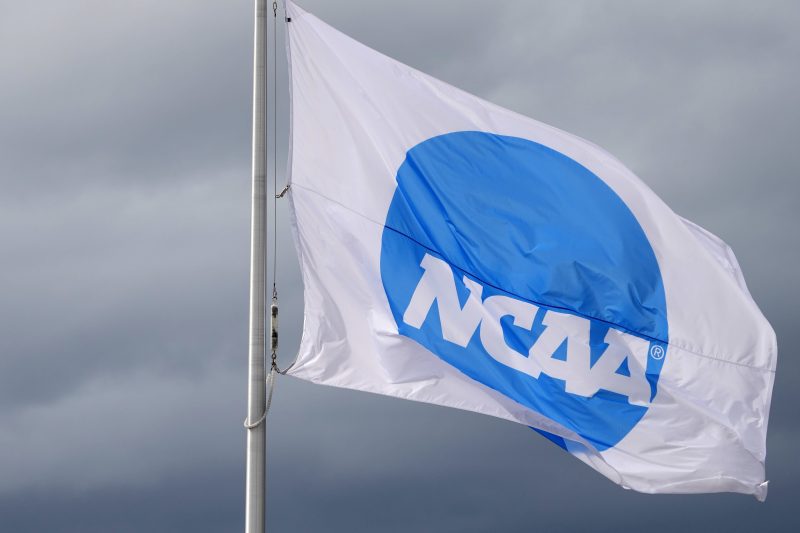
NCAA could have to pay athletes over $900M in damages in new lawsuit
The NCAA and its Power 5 conferences could be facing more than $900 million in additional damages as a result of a class-action lawsuit seeking academic achievement payments to athletes dating back to the 2019-2020 school year.
The suit — filed in April 2023 — followed a ruling upheld by the Supreme Court in 2021 in the case of former West Virginia football player Shawne Alston that prevents the NCAA from having limits on the education-related compensation athletes can receive from their schools.
The new figure was included in a filing by the NCAA late Wednesday night in the latest lawsuit involving former Oklahoma State running back Chuba Hubbard, The association cited an expert for the plaintiffs, who estimated that college athletes would be owed $313 million for the four calendar years (three academic years) before the Alston ruling went into effect.
The four-year reach-back from filing date is allowed under federal antitrust law. Also, if an antitrust case goes to a jury verdict, damages are tripled. In this instance, that would result in an award of $939 million.
The NCAA is arguing that the Hubbard case should not be granted class-action status because the ‘highly varied and diverse ways in which … schools implemented Alston awards present inherently individualized issues.’ It draws a distinction between those and the class-wide damages that are mostly uniform and can be determined in a manageable way.
Added to possible damages from another pending case, the NCAA and its largest conferences could be on the hook for a total of $5.1 billion.
The Hubbard case and the other pending case are proceeding in U.S. District Court in the Northern District of California’s Oakland Division. That’s the same venue through which other antitrust suits against the NCAA related to college-athlete compensation have proceeded over the past 14 years. In the two cases that have gone to trial there before Judge Claudia Wilken, the NCAA has been found in violation of antitrust law.
